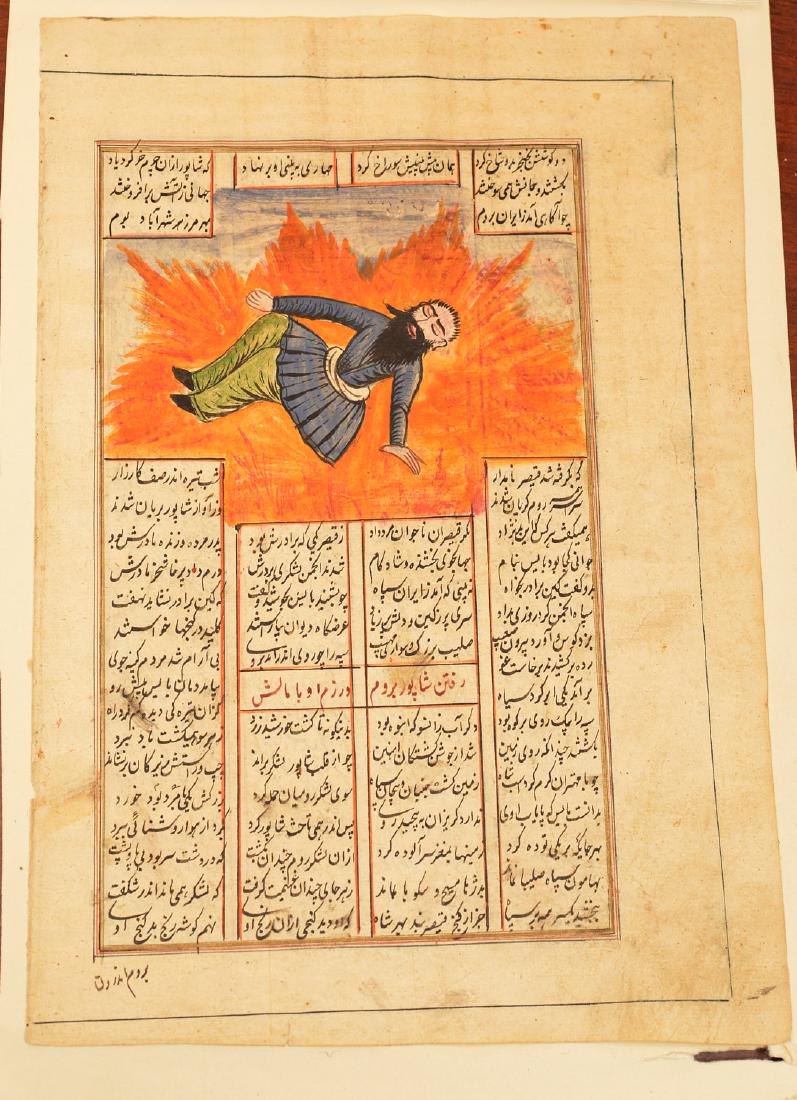
She shows that the central Anatolian city of Konya, in particular, was a dynamic centre of artistic activity and that local Turcoman princes, Seljuk bureaucrats and Mevlevi dervishes all played important roles in manuscript production and patronage. Meticulously analysing 15 beautifully decorated Arabic and Persian manuscripts, including Qur’ans, mirrors-for-princes, historical chronicles and Sufi works, Cailah Jackson traces the development of calligraphy and illumination in late medieval Anatolia. Despite this, a rich body of illuminated manuscripts from the period survives, explored here in this extensively illustrated volume.

Translates new and unpublished primary sources on the cultural history of the period, including manuscript colophons, dedications and endowment notes.Meticulously analyses 15 Persian and Arabic manuscripts including the Mas̲navī of Jalāl al-Dīn Rūmī (1278), the Qaramanid Qur’an (1314-15) and the Dīvān-i Kabīr of Jalāl al-Dīn Rūmī (1368).Agius Prize for a distinguished first book in the field of Medieval Mediterranean Studies from the Society of the Medieval Mediterranean Appearing within panels at the opening of sections are scenes from the Bible that illustrate the text.

5), is the earliest dated of these illuminated manuscripts.

Samuel of Würzburg in 1233 (Munich, Bayrische Staatsbibliothek, Cod. The first in-depth survey of illuminated manuscripts from Anatolia before the rise of the Ottoman Empire Winner of the 2021 Dionisius A. A manuscript containing the biblical commentary by Rashi, written by Solomon b.


 0 kommentar(er)
0 kommentar(er)
